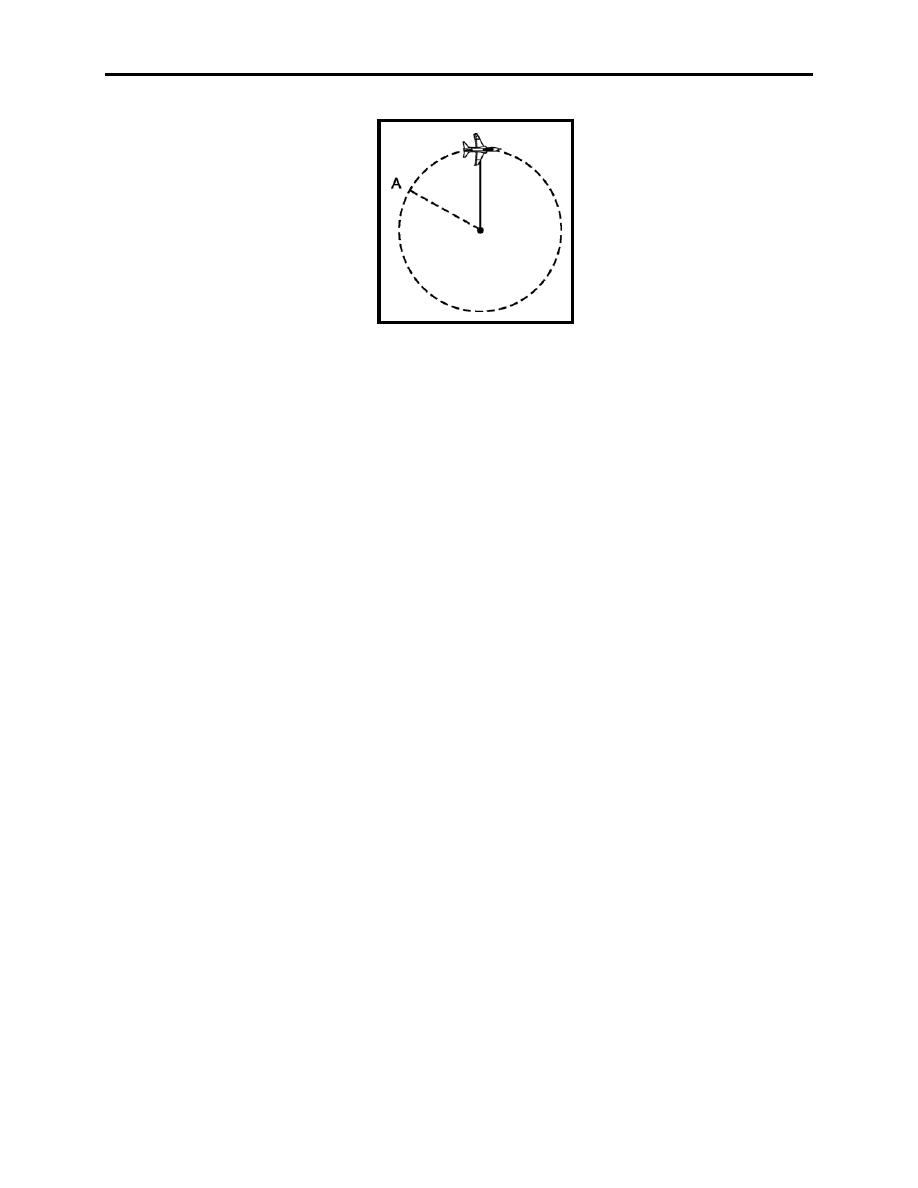 |
|||
|
|
|||
|
Page Title:
Figure 9-16 Turn Circle and Control Point |
|
||
| ||||||||||
|
|  BASIC FIGHTER MANEUVERING (BFM) THEORY
CHAPTER NINE
Figure 9-16 Turn Circle and Control Point
If an attacking aircraft can arrive at this point (point A) and maintain it, it can control the fight,
at least momentarily. Thus, the point, one turn radius behind an aircraft is referred to as the
"control point". It is important to note that if the attacking aircraft wishes to arrive at this point,
it must consider the effects of its own turn circle in addition to the defender's.
917. BFM "POST- BUBBLE" TERMS
We now will expand these basic turn circle principals into what the fighter community refers to
as the "Post and Bubble". An understanding of these basic terms and concepts will enable you to
have a good understanding of why you are executing a particular maneuver and will give you
basics to fall back on when prosecuting a bogey during a fight. First let's define a few terms we
will use extensively in the post and bubble context. Figure 9-17 illustrates the following terms.
1. Bubble (turn circle). The circle scribed by an aircraft's turn as it moves through the sky.
The radius of this turn circle will determine the size of the bubble. The important thing to
understand about the bubble is that it is constantly changing size and/or planes as the target
maneuvers.
2. Attack Window. A three dimensional window, aft of the target. An attacker, who
performs a max performance offensive break turn inside of this window, can arrive in the
defender's control zone with minimal angles-off. The performance of the attacking aircraft will
determine the location of the attack window.
3. Post. The center of a fighter's turn circle. An attacker's position relative to the defender's
post will determine the type of pursuit curve required.
4. Control Zone. The control zone is an area aft of the target. This is where the attacker is
trying to go when it doesn't have a shot so they can keep pressure on and control the fight. The
control zone is a 20-40 degree cone approximately 1500 to 2500 feet aft of the target.
9-21
BASIC FIGHTER MANEUVERING (BFM) THEORY
|
|
Privacy Statement - Press Release - Copyright Information. - Contact Us |